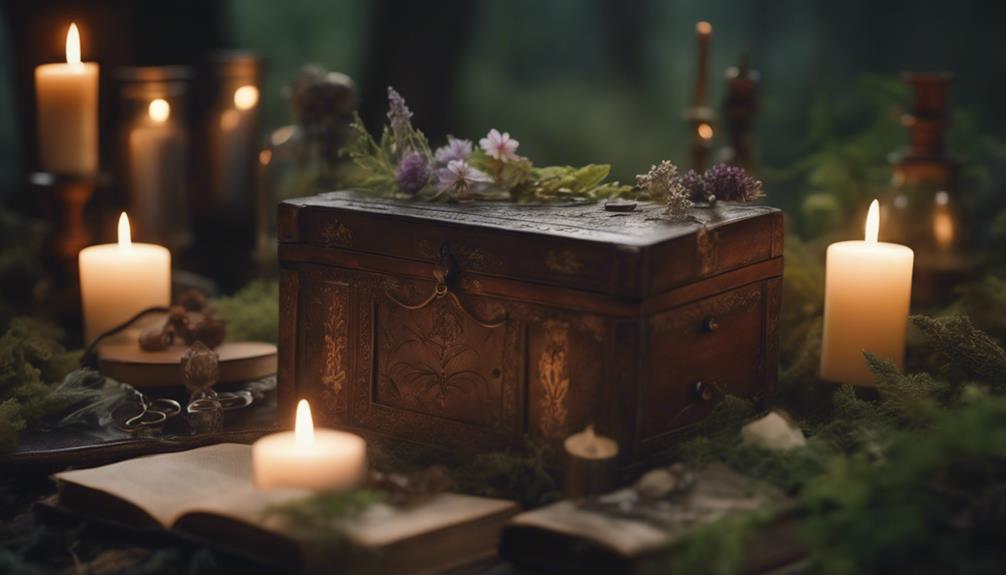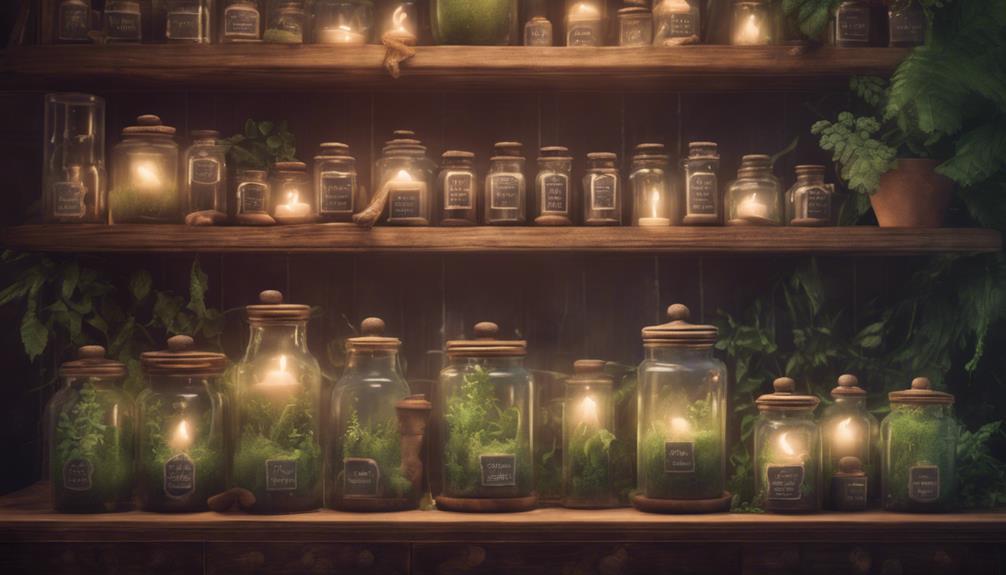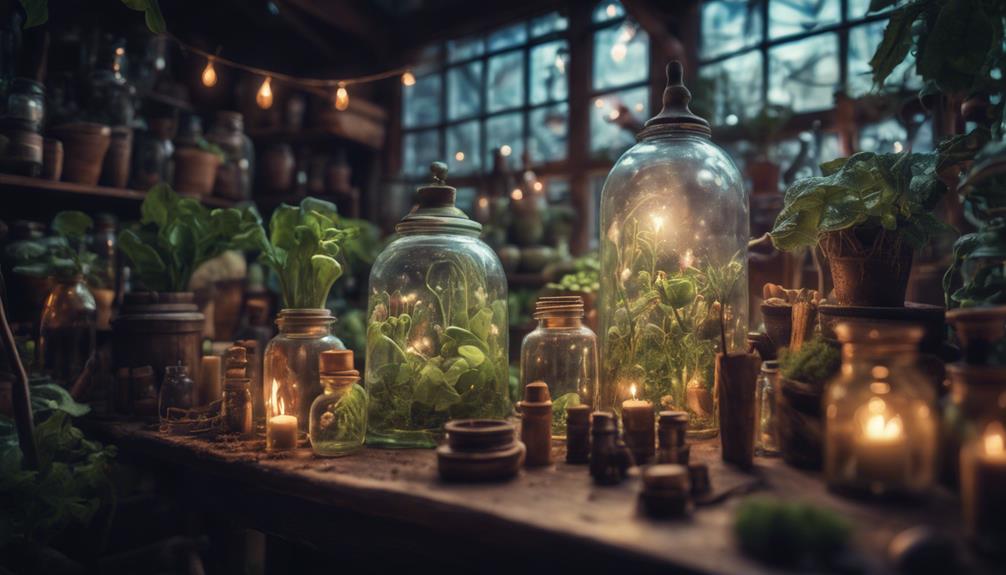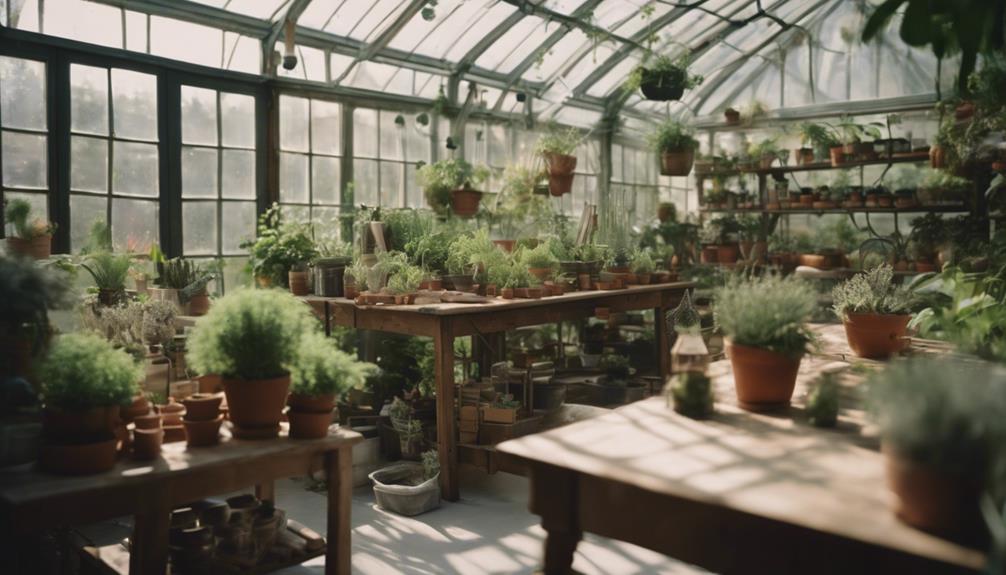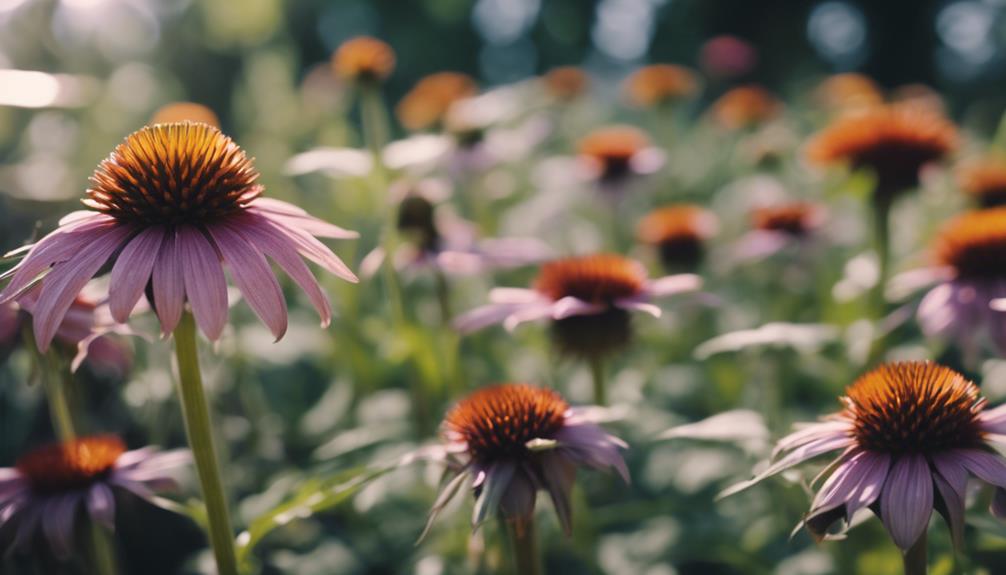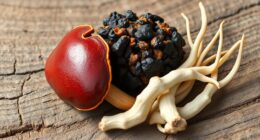Ancient civilizations, including the Chinese, Egyptians, and Indians, pioneered the use of herbs for medicinal purposes, recognizing their therapeutic properties and employing them to prevent and treat ailments. Herbology, rooted in traditional medicine, has evolved to encompass holistic wellness practices. Herbalists use innovative techniques, such as herbal compresses, wraps, and massages, to harness therapeutic benefits. Herbs offer targeted relief for specific ailments, including detoxification, improved circulation, stress relief, and pain management. As herbology continues to influence modern wellness practices, explore the ancient roots and modern applications of this holistic approach to wellness, and discover how it can be integrated into daily life for maximum well-being.
Key Takeaways
• Ancient civilizations, including Chinese, Egyptians, and Indians, pioneered the use of herbs for medicinal purposes, recognizing their therapeutic properties.
• Herbology treatment techniques include herbal compresses, wraps, and massages with infused oils to alleviate pain, reduce inflammation, and promote relaxation.
• Various herbs offer targeted relief for specific ailments, including detoxification, improved circulation, stress relief, and pain management.
• Herbology encompasses skincare, aromatherapy, nutritional supplements, and functional medicine, making it a cornerstone of holistic wellness.
• Adaptogens like ashwagandha are used for stress resistance, and sustainable practices, ethical sourcing, and conservation efforts are vital for herb availability and environmental preservation.
Understanding Herbology Principles
By delving into the fundamental principles of herbology, one can reveal the secrets of this ancient practice, which has been refined over centuries to promote holistic wellness. Herbology body treatment leverages herbs for physical and mental wellness, rooted in traditional medicine.
Ancient civilizations like Chinese, Egyptian, and Indian cultures used herbs medicinally, initially administering them orally, in teas, or as poultices. Over time, herbology has evolved to include all-encompassing body treatments using herbs. These treatments aim to enhance physical and mental well-being, detoxify, nourish, and rejuvenate the skin.
Ancient Roots of Herbology
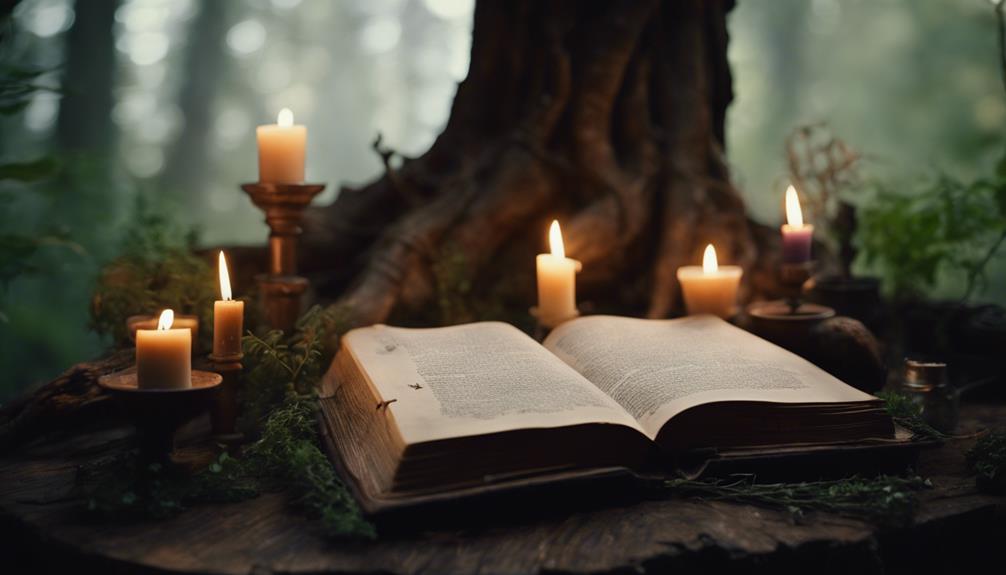
Three ancient civilizations – the Chinese, Egyptians, and Indians – pioneered the use of herbs for medicinal purposes, laying the foundation for modern herbology. These civilizations recognized the therapeutic properties of plants, using them to prevent and treat various ailments. The Chinese developed traditional Chinese medicine, which emphasizes the balance of yin and yang. Egyptians used herbs in their elaborate burial rituals, while Indians employed Ayurvedic practices to promote overall wellness.
| Civilization | Herbological Practices | Notable Herbs |
|---|---|---|
| Chinese | Traditional Chinese Medicine | Ginseng, Astragalus |
| Egyptian | Medicinal and Ritual Use | Myrrh, Galena |
| Indian | Ayurvedic Practices | Turmeric, Ashwagandha |
| Greek | Humorism and Herbal Remedies | Opium, Hemlock |
| Roman | Herbalism and Apothecaries | Lavender, Rosemary |
Herbology Treatment Techniques
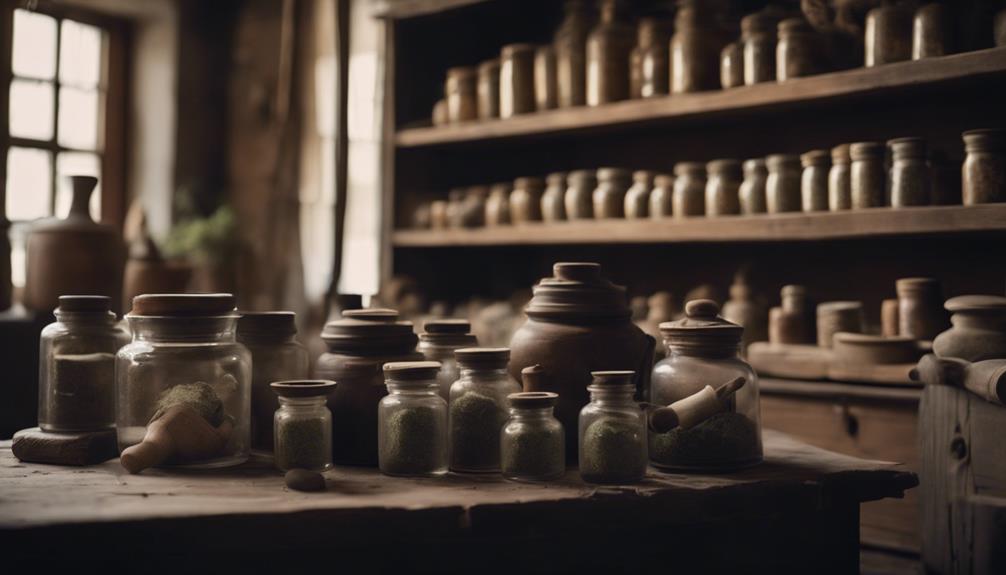
Herbalists today employ a range of innovative techniques to harness the therapeutic benefits of plants. From herbal compresses and wraps to massages with infused oils, these methods allow for targeted treatment of various ailments and promote overall wellness.
Herbal compresses involve steaming a blend of herbs and applying it to the body to alleviate pain and reduce inflammation. Herbal wraps draw out toxins, increase circulation, and infuse vitamins into the skin. Massages with infused oils promote relaxation, reduce stress, and target specific ailments for relief.
Benefits of Herbal Remedies

The therapeutic benefits of herbal remedies are extensive, with various herbs offering targeted relief for specific ailments, from detoxification and circulation to stress relief and pain management. By harnessing the natural properties of herbs, individuals can experience a range of benefits that promote overall wellness.
Some of the most notable advantages of herbal remedies include:
- Detoxification and cleansing: Herbs like dandelion and burdock root aid in liver detoxification and cleansing.
- Improved circulation: Cayenne pepper and ginger enhance blood flow, promoting healthy circulation.
- Stress relief and relaxation: Herbs like lavender and chamomile offer a calming effect, reducing anxiety and promoting mental clarity.
Modern Applications of Herbology

In modern wellness practices, herbology has evolved to encompass a wide range of applications, from skincare and aromatherapy to nutritional supplements and functional medicine.
Herbology has become a cornerstone of holistic wellness, with increasing popularity in herbal remedies. Herbal supplements, teas, and topical applications are common in holistic practices, addressing anxiety, digestion, and immunity.
Adaptogens like ashwagandha are used for stress resistance. Sustainable practices, ethical sourcing, and conservation efforts are vital for the availability of herbs and environmental preservation.
As Dr. Jane Smith, a leading herbalist, notes, 'Herbology isn't just about using herbs, it's about respecting the planet and its resources.' With herbology's growing popularity, it's important to prioritize responsible practices to ensure its longevity.
Frequently Asked Questions
Can Herbology Be Used in Conjunction With Modern Medicine?
She recognizes that herbology can indeed be used in conjunction with modern medicine, as many healthcare providers incorporate herbal remedies into their treatment plans.
In fact, the National Institutes of Health notes that 'herbal supplements are often used in conjunction with conventional medical treatment.'
Are Herbal Remedies Safe for Pregnant Women and Children?
Like a delicate flower blooming in the desert, herbal remedies can be a safe haven for pregnant women and children, but only when used judiciously. According to the American Botanical Council, 'herbal remedies can interact with medications and worsen underlying conditions, so it's essential to consult a healthcare provider before use.'
Pregnant women and children should avoid certain herbs like blue cohosh, pennyroyal, and sage, which can stimulate the uterus or cause allergic reactions.
How Long Does It Take to See Results From Herbology Body Treatments?
She notes that the time it takes to see results from herbology body treatments varies depending on individual factors, such as skin type, treatment frequency, and specific herbal blends used. Typically, clients may start to notice improvements in skin texture and relaxation within 3-5 sessions, with best results achieved after 6-8 sessions.
Consistency and patience are key, as herbology body treatments work synergistically to promote long-term wellness and rejuvenation.
Can Herbology Help With Chronic Pain Management?
Researchers have long explored the connection between herbology and chronic pain management, with promising results. Studies suggest that certain herbs, such as arnica and St. John's Wort, have natural analgesic and anti-inflammatory properties, making them effective in reducing pain.
Additionally, herbal remedies like willow bark, containing salicylic acid, have been shown to alleviate chronic pain. While more research is needed, the existing evidence suggests that herbology can play a significant role in managing chronic pain, offering a natural alternative to traditional treatments.
Are There Any Potential Allergic Reactions to Herbal Treatments?
While herbal treatments are generally considered safe, they can cause allergic reactions in some individuals. According to the National Institute of Environmental Health Sciences, 'allergic contact dermatitis' can occur due to sensitivity to certain herbs.
Common allergenic herbs include chamomile, lavender, and tea tree oil. Practitioners should conduct patch tests and consult with clients about potential allergies before administering herbal treatments to guarantee safe and effective therapy.
Conclusion
To sum up, ancient herbology has traversed the annals of time, evolving into a multifaceted practice that has captivated the hearts of many. With its extensive repertoire of techniques, from herbal compresses to supplements, this timeless art has been instrumental in promoting holistic wellness.
As Dr. Andrew Weil, a renowned integrative medicine expert, aptly puts it, 'Herbal remedies are a crucial part of a holistic approach to health.'
As we continue to navigate the complexities of modern healthcare, the allure of herbology is poised to revolutionize our approach to wellness, one herb at a time.

